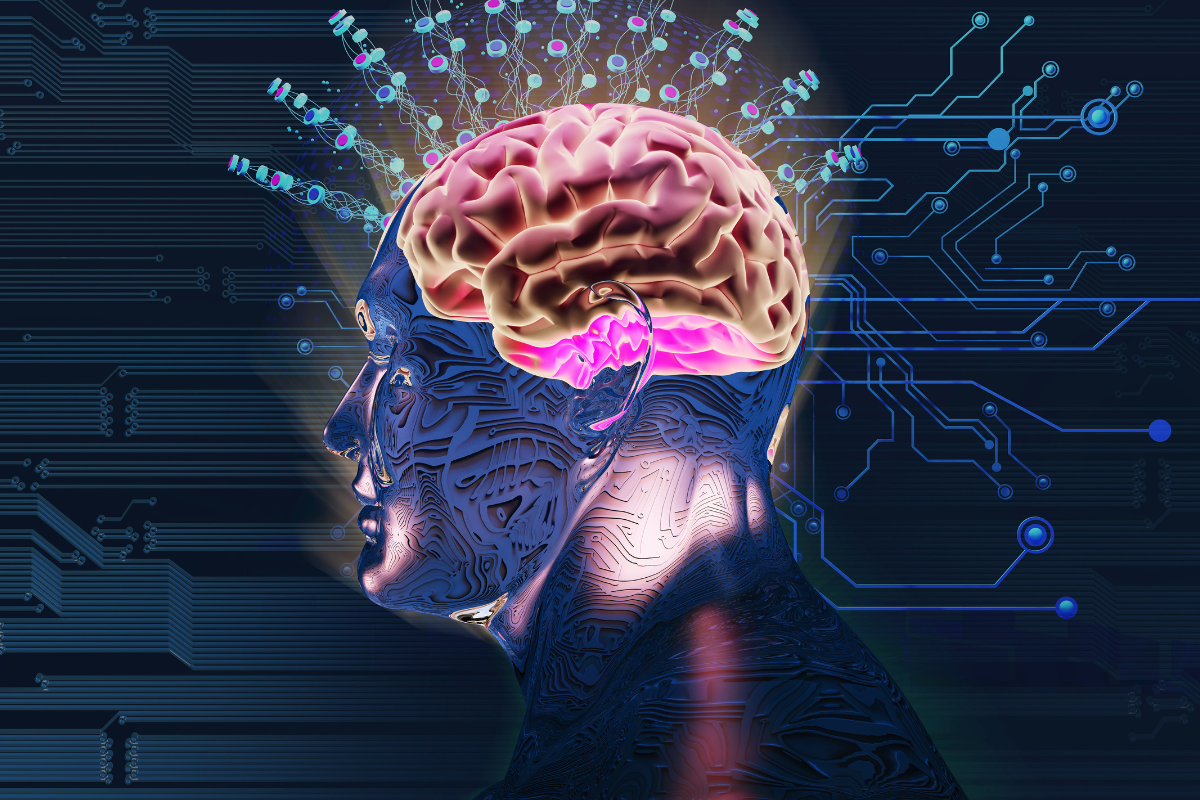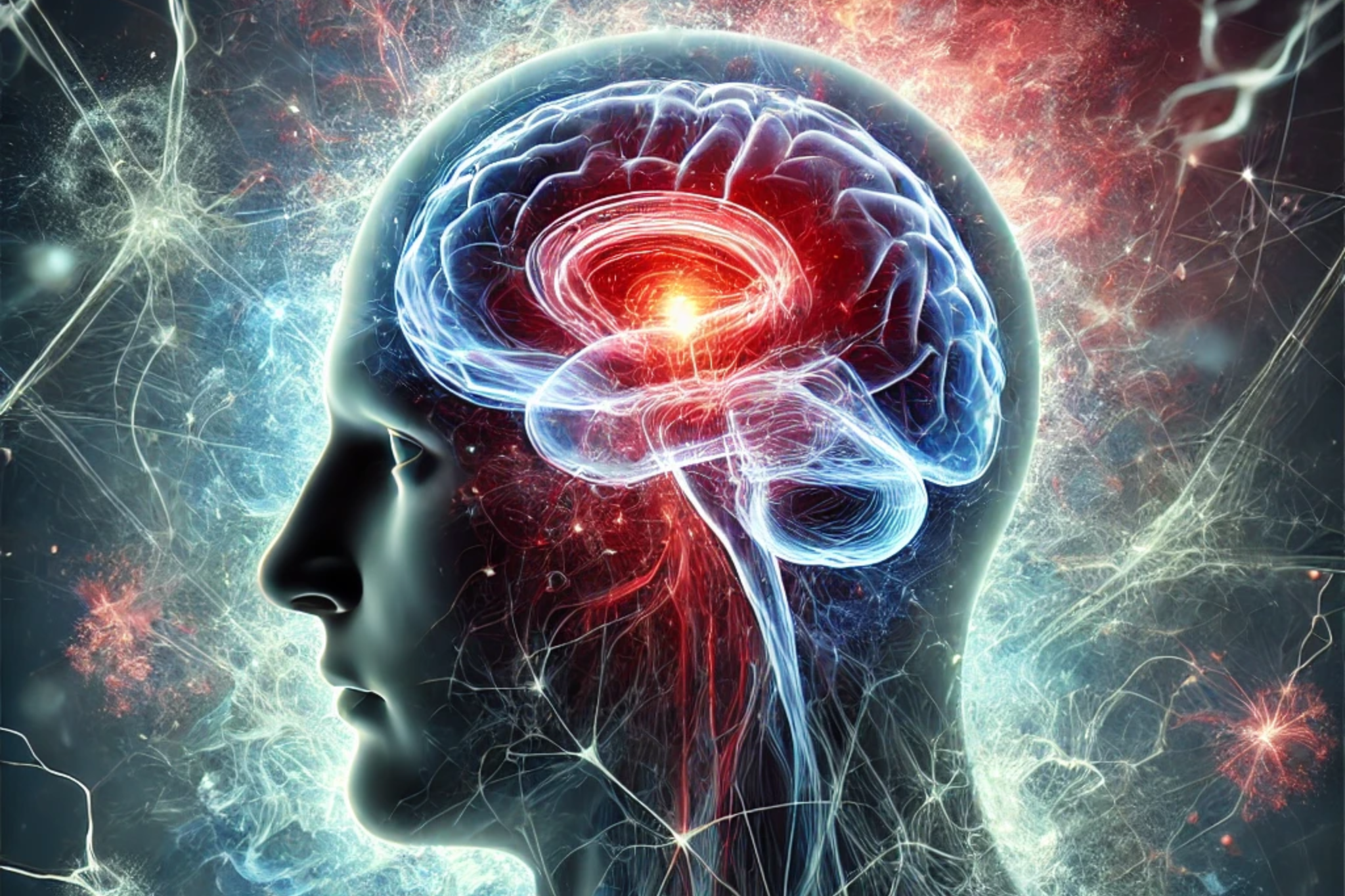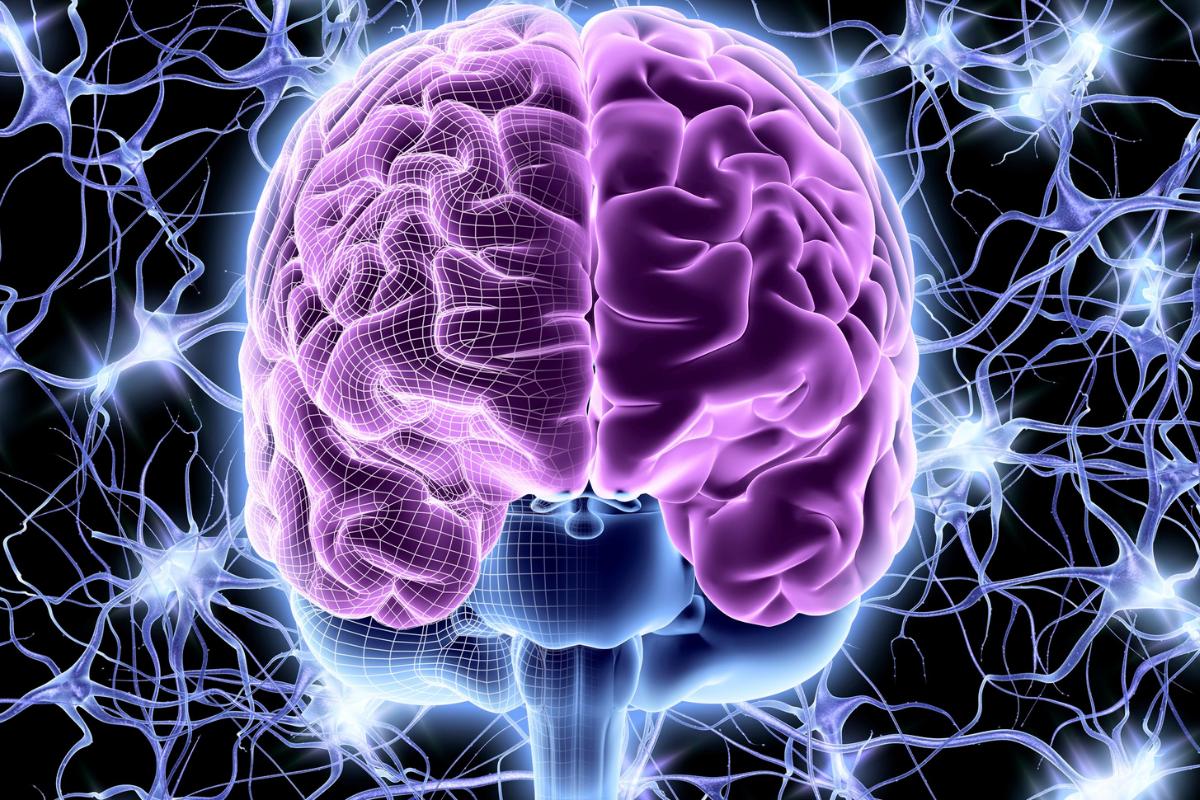By Dr. Petrus Raulino

What is Bipolar Disorder anyway?
Bipolar Affective Disorder (BAD) is a psychiatric illness marked by at least two mood episodes (depression or mania) in a lifetime, at least one of which must be manic.
Mania is a theoretical term whose meaning is often misunderstood. In the context of mood disorders, mania is the episode with characteristics opposite to depression.
Hurry has the connotation of falling, lowering, inhibition; on the contrary, mania denotes elevation, expansion, disinhibition.
Mania is characterized by a euphoric mood, high self-esteem and self-confidence, irritability, impatience and uncontrolled spending of money, while depression consists of a depressed mood, apathy, loss of interest in previously pleasurable activities, changes in sleep and appetite, tiredness, excessive guilt and suicidal ideation.
The manifestation of BAD is heterogeneous, i.e. there is a great deal of variation between individuals. A person can have asymptomatic periods between episodes, and crises can vary in intensity, frequency and duration.
With proper treatment, the goal is to eliminate the symptoms in order to achieve the desired stability. It's perfectly possible to lead a normal life despite having the disease.
Psychiatric medical support is important for the safety of the treatment and the quality of life of a person with bipolar disorder. Psychotherapy is also part of the treatment protocols. Take care of yourself. Value yourself.
Bipolar disorder and family support
The behaviors and mood swings of bipolar patients not only have a major social impact on their lives, but also on the lives of their families.
This is why regular medical monitoring, attending psychotherapy and the support of family and friends are essential.
Family support ranks high among the factors that increase the chances of success with treatment.
Show support
Welcome and availability are very important, as many patients are reluctant to seek help, often for fear of the impact of the diagnosis on their family and friends.
Recognize the warning signs
Observe whether there are specific situations or triggers that seem to be predictors of a crisis and, if possible, help to avoid them, as recognizing these makes it easier to manage the treatment and avoid further imbalance. Some examples: changes in routine, stress, impaired sleep or alcohol consumption.
Communicate openly
Listen carefully and try not to judge or criticize the patientÕs behavior.
Helping to verbalize feelings facilitates emotional regulation, improving coping, building trust and leading to cooperation in treatment.
Discuss coping strategies
Take advantage of periods of stable mood to talk about strategies for managing the disease. It helps to prevent risks.
React calmly and rationally
At times of crisis, patients tend to display more aggressive and hostile behavior.
Try to keep your communication and actions calm. Avoid getting into arguments or conflict situations.
Encourage commitment and adherence to treatment
As bipolar disorder is lifelong, it is essential to follow up with a qualified professional, who will determine the guidelines for treatment.
References
1. World Health Organization (1994). ICD-10: International Statistical Classification of Diseases. Edusp.
2. American Psychiatric Association (2014). DSM-5: Diagnostic and Statistical Manual of Mental Disorders. Artmed Editora.






